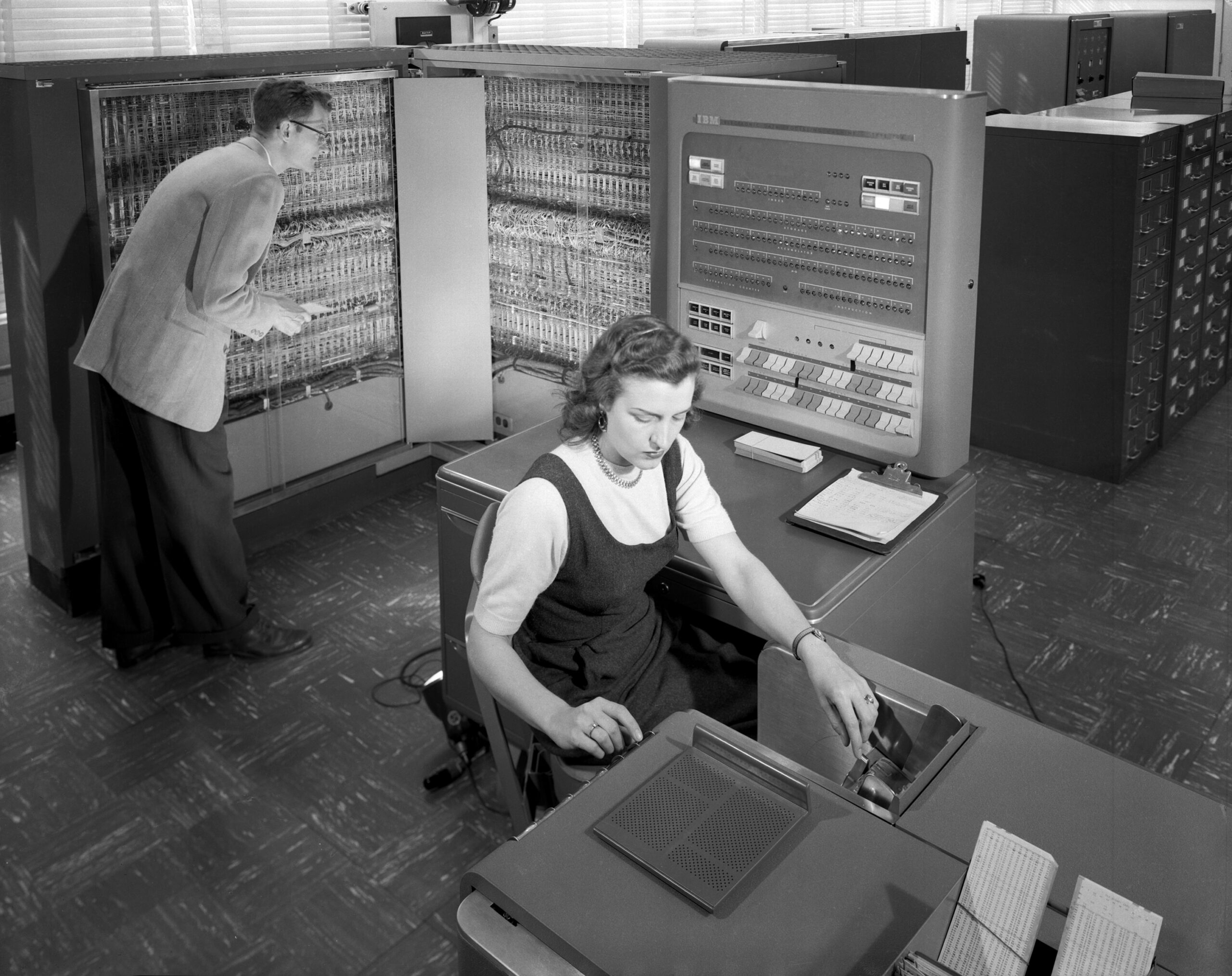Let’s party like it’s 2021

Think back for a moment to the glory days of 2021. We were just emerging from the pandemic. Companies were hiring in droves, valuations were skyrocketing, the stock market was soaring, and mergers and acquisitions were plentiful. Optimism ruled the day.
Then came the grim reality of 2022, where suddenly the stock market dropped along with valuations, as high interest rates and inflation reared their ugly heads. Big companies began laying off thousands of people hired during the pandemic. IPOs and M&A dried up. Suddenly, the party was over.
I have a saying that when the economy is good, nobody ever thinks it’s going to be bad again, and when it’s bad the opposite happens. Suddenly nobody believes it will ever be good again. But in my lifetime, I’ve seen economic physics at work again and again: what goes up must come down, and vice versa. It’s just the way capitalism works.
Which brings me to the present, and it’s beginning to feel a lot like 2021.
Let the good times roll
Today, the stock market is up, earnings reports are mostly good and tax cuts are coming. Investments and valuations are up. IPOs have returned. M&A is back, baby. Everything looks good, right?
Just this week, CoreWeave, a company that only went public in March, announced its intention to buy rival Core Scientific in a deal worth $9 billion. Assuming it passes regulatory muster in the U.S. and abroad, that is a mega deal for any company, but especially one that’s been public for just over three months. (I explore this more deeply in the news section below.)

It’s worth noting that two boldstart portfolio companies exited this year with Palo Alto Networks buying Protect AI in April and Grammarly snagging Superhuman last week.
Also last week, Figma announced that it intended to IPO soon, joining CoreWeave, Circle and others after a long lull in the IPO market that dates back to 2022.
How about Nvidia, a company that has been soaring on the wings of AI, flirting with $4 trillion in value this week. This milestone comes just over two years after Apple became the first company to hit $3 trillion in June 2023.
Every rose has its thorns
The last thing I want to do is be a Debbie Downer here. I could just accept that the good times are here, and that’s never going to change (cue Sweet Caroline), but I can’t ignore the economic storm clouds or the possible negative impact the recently passed mega tax and healthcare bill, or the on-again, off-again tariffs, could have on the economy.
Nor can I ignore the concentration of wealth we are seeing in investment circles. As Crunchbase’s Gené Teare reported last month, even though investment volume is up, it’s being narrowly distributed.

“While the $5 billion-plus unicorns make up only around 13% of the board by count, they hold more than half of the board’s value: $3.5 trillion of the $6 trillion cumulative valuation. They also raised half of the $1 trillion total funding to the board’s members,” she wrote.
In Pitchbook's quarterly investment report, published in May, the firm offered a similar warning. “Though megadeals continue to dominate headlines with seemingly exponential valuation growth, under the surface, over a quarter of US VC deals in Q1 were down or flat,” the company noted.
And while boldstart announced a shiny new $250 million fund this week to fund its inception investment initiatives, early-stage investment as a whole is way down. Crunchbase reported that global early-stage investment fell to $24 billion, the lowest level in at least five quarters with seed funding down 14% over the prior year to $7.2 billion.

At the same time, we continue to have layoffs with Microsoft announcing 9000 people lost their jobs last week. This isn’t a case of Microsoft responding to a changing job market as was the stated reason in 2022, this time it's in the name of efficiency and pleasing stockholders. And even as thousands lost their livelihoods, OpenAI and Meta have been spending millions to lure scarce AI talent.
Perhaps not surprisingly, given all this front-page sad news, the April Consumer Price Index was at the second lowest rate ever going back to the early 1950s, reflecting a general gloomy mood among consumers. If history is a guide, it's never a good sign for long-term economic prospects when consumers are this unhappy.
So while for some it may feel like the good times never seemed so good (so good, so good, so good), the warning signs are there. Sure, it feels like 2021 in some ways, but just remember what came after that.
~Ron
Featured image by engin akyurt on Unsplash





